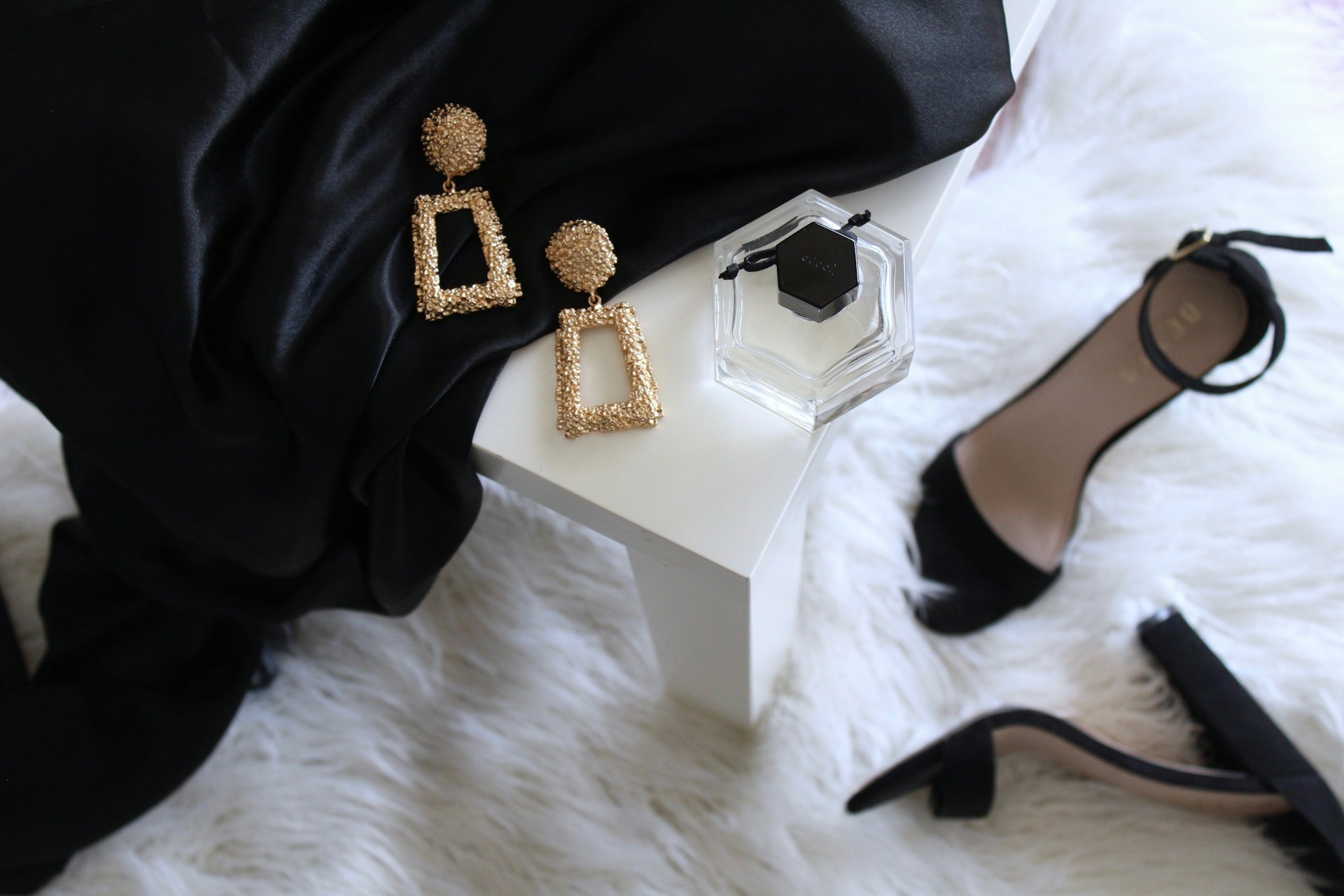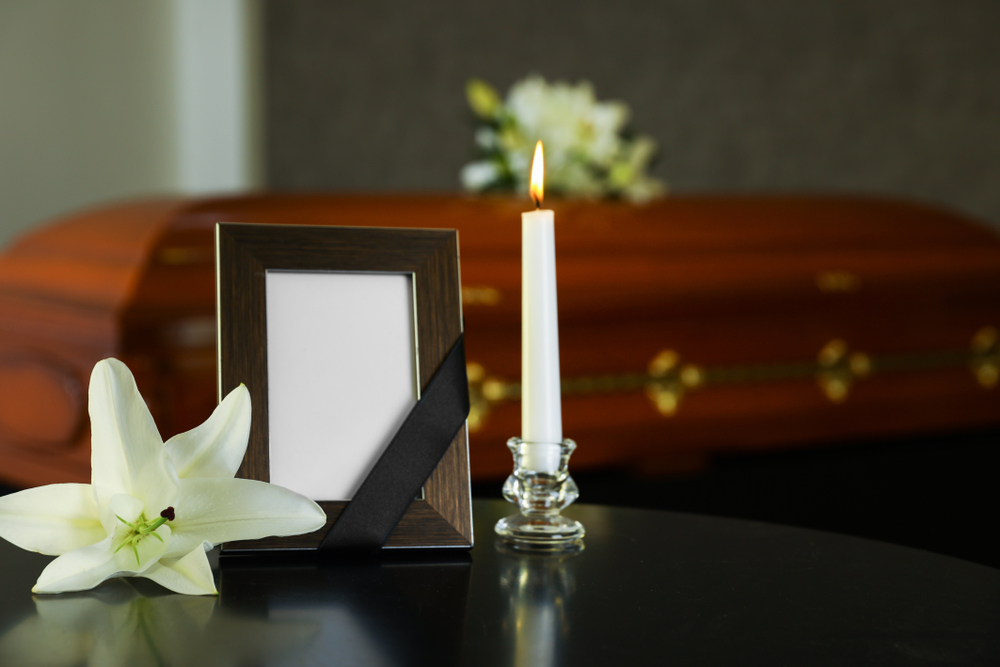Discover Modern Fragrances Crafted for UK Tastes
Choosing the right fragrance is often about more than just scent – it’s about comfort, style, and personality. In the UK, more people are looking for perfumes that feel natural, can be worn every day, and still offer a touch of elegance. This new collection introduces subtle, modern fragrances designed to fit daily life while remaining affordable and easy to enjoy.

The Evolution of Women’s Perfume in the UK
The British fragrance scene has undergone significant transformation over recent decades. Historically, UK women gravitated toward traditional floral and powdery scents that reflected classic British sensibilities. Today, the market shows greater diversity, with British women embracing everything from light, everyday fragrances to complex, statement perfumes. This evolution mirrors broader cultural shifts, with women’s perfume becoming less about conforming to societal expectations and more about personal expression and individuality. Contemporary UK fragrance preferences show increasing interest in sustainable, ethical production methods and unique scent stories that connect with modern British values.
Understanding Chanel Women’s Perfume Appeal
Chanel remains one of the most prestigious fragrance houses with particular resonance among UK consumers. The brand’s enduring popularity stems from its masterful balance of classic elegance and contemporary relevance. Chanel No. 5, created in 1921, continues to maintain its iconic status in the UK market, while newer releases like Coco Mademoiselle and Chance appeal to younger British consumers seeking sophisticated yet accessible luxury. The distinctly French heritage of Chanel perfumes particularly appeals to UK tastes that value tradition and craftsmanship while embracing cosmopolitan influences. The house’s ability to create fragrances that feel both timeless and modern explains its consistent presence on British dressing tables.
Popular Perfume Notes Favored in the UK
British perfume preferences reveal interesting regional characteristics that differentiate them from other European markets. UK consumers show particular appreciation for woody, aromatic compositions featuring notes like sandalwood and cedar, perhaps reflecting the country’s historical connection to forestry and gardens. Additionally, there’s a distinctive British appreciation for tea notes in fragrances, echoing the nation’s famous tea culture. Contemporary UK fragrance trends also show growing interest in gourmand scents featuring notes of vanilla, caramel, and spices—particularly popular during the country’s long autumn and winter seasons. Marine and fresh notes gain traction during British summers, offering lightness against often unpredictable weather patterns.
Navigating Women’s Perfume Offers and Discounts
The UK perfume retail landscape offers various opportunities for savvy shoppers to access premium fragrances at more affordable price points. Department stores like Selfridges, John Lewis, and Debenhams regularly feature women’s perfume offers, particularly during seasonal sales periods. Online retailers including Boots, Superdrug, and The Perfume Shop frequently provide competitive pricing and exclusive online discounts on popular brands including Chanel women’s perfume collections. For the most substantial savings, British consumers often time their purchases around Black Friday, Boxing Day sales, or January clearances when retailers offer significant reductions on premium fragrance lines. Many retailers also offer loyalty programs specific to beauty and fragrance purchases, allowing regular customers to accumulate points redeemable against future perfume purchases.
Emerging British Perfume Houses
While international brands maintain strong presence in the UK market, British perfumery is experiencing a remarkable renaissance. Homegrown fragrance houses like Penhaligon’s, Jo Malone London, and Miller Harris have carved distinctive identities celebrating British olfactory traditions while incorporating modern elements that appeal to contemporary UK tastes. Newer artisanal British perfumers such as Floral Street, Laboratory Perfumes, and Ruth Mastenbroek bring fresh perspectives to the market, often emphasizing sustainable production methods and locally-sourced ingredients. These UK-based creators frequently reference distinctly British inspirations—London neighborhoods, countryside landscapes, and British cultural touchstones—creating fragrances that resonate particularly strongly with domestic consumers seeking scents that reflect their cultural identity.
Comparing Premium Women’s Perfume Retailers in the UK
The competitive landscape for premium women’s perfumes in the UK includes several key retailers, each offering distinctive advantages to fragrance shoppers.
| Retailer | Specialties | Loyalty Benefits | Price Range (50ml EDP) |
|---|---|---|---|
| Selfridges | Exclusive launches, niche brands | Beauty loyalty card | £70-£250 |
| John Lewis | Mainstream luxury, excellent service | Never Knowingly Undersold policy | £55-£130 |
| Space NK | High-end artisanal fragrances | N.dulge reward program | £75-£195 |
| The Perfume Shop | Wide mainstream selection | Rewards Club with points system | £40-£110 |
| Harrods | Ultra-luxury and rare fragrances | Rewards program for high spenders | £85-£350 |
Prices, rates, or cost estimates mentioned in this article are based on the latest available information but may change over time. Independent research is advised before making financial decisions.
Seasonal Fragrance Trends in British Markets
The UK’s distinct seasonal changes heavily influence fragrance preferences throughout the year. British perfume enthusiasts typically shift their scent wardrobe to match the climate and mood of each season. Spring sees increased demand for light floral and green fragrances that complement the country’s blooming gardens and parks. Summer preferences lean toward fresh, aquatic, and citrus compositions that perform well in variable British summer weather. Autumn brings a marked transition to warmer, spicier perfumes featuring amber, cinnamon, and patchouli notes, while winter sees the emergence of rich, opulent fragrances with vanilla, incense, and woody profiles. This seasonal rotation creates multiple purchasing opportunities throughout the year, with retailers often aligning women’s perfume offers with these predictable shifts in consumer preferences.
The British fragrance market continues to evolve with cultural shifts, international influences, and innovation in perfumery. Whether through established luxury houses like Chanel or emerging British artisans, today’s perfumes reflect the sophisticated yet practical sensibilities of UK consumers. By understanding these distinctive preferences and market dynamics, fragrance enthusiasts can better navigate the rich landscape of scents crafted specifically for contemporary British tastes.




